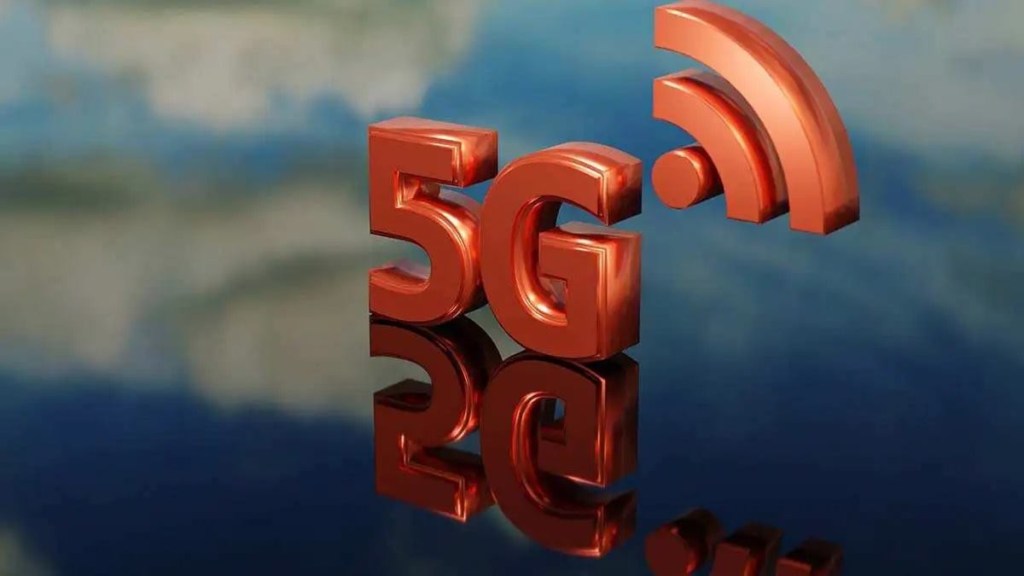The 5G subscribers in India are expected to touch 700 million by the end of 2028, compared to the 10 million recorded at the close of 2022, according to the Ericsson Mobility Report. Factors such as fast-growing 5G network availability across cities, attractive 5G pricing, and the growing availability of 5G smartphones would increase the 5G penetration, the report said.
According to the report, within the next five years, 5G is projected to account for 57% of all mobile subscriptions in India, thereby making it the fastest-growing nation for adopting the 5G technology.
Presently, the Indian market is dominated by 4G subscriptions, which stood at 820 million at the end of 2022. However, it is predicted that this figure will decline to 500 million by end of 2028. Conversely, the total number of mobile subscriptions is anticipated to surge to 1.2 billion during the same period. The smartphone subscriptions in India as a percentage of total mobile subscriptions are expected to grow to 93% in 2028 from 76% in 2022.
This underscores the increasing trend of users transitioning to 5G over the next five years, according to the report.
“Mobile networks continue to play a pivotal role in driving social and economic inclusion in the country.The strong digital infrastructure being established in India will help the country bridge the digital divide, create jobs, drive entrepreneurship and boost the economy,” said Nitin Bansal, head of Ericsson India and head of network solutions for South east Asia, Oceania and India for Ericsson.
In comparison, Ericsson expects the global 5G subscriptions to reach 4.6 billion by the close of 2028. North America will have the maximum 5G subscriptions, accounting for 91% of its total smartphone users. Western Europe is expected to achieve an 88% adoption rate, the report said.
In India, the average data traffic per smartphone is expected to grow to 62 GB per month in 2028 from 26 GB per month in 2022 – a compound annual growth rate (CAGR) of 16%.
Since one of the key use cases of 5G is the fixed wireless access (FWA). The Ericsson report said the number of FWA connections worldwide is expected to increase to 300 million by 2028 end from 100 million at the end of 2022.
Notably, the Asia-Pacific region is expected to account for almost half of all FWA connections by the end of 2028. Over the next five years, the APAC region is poised to triple its number of FWA connections, thus elevating its share of global FWA connections to 46% from the current 36%.








